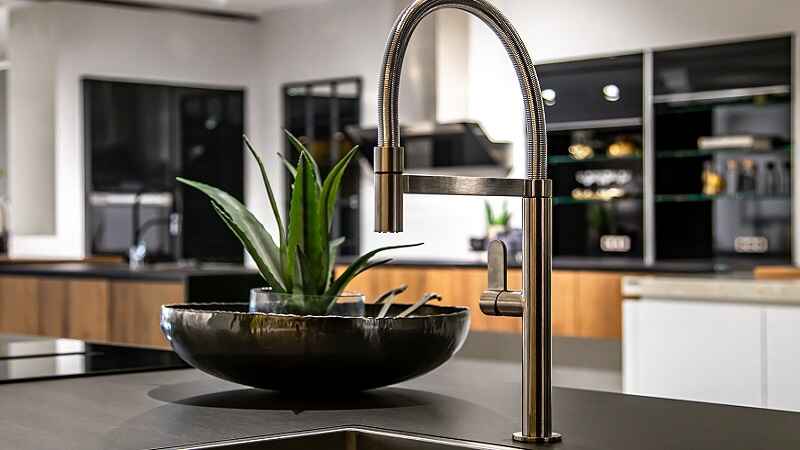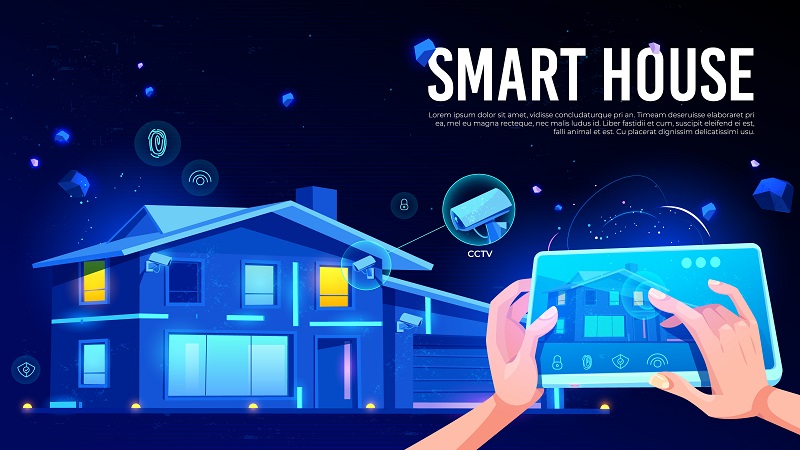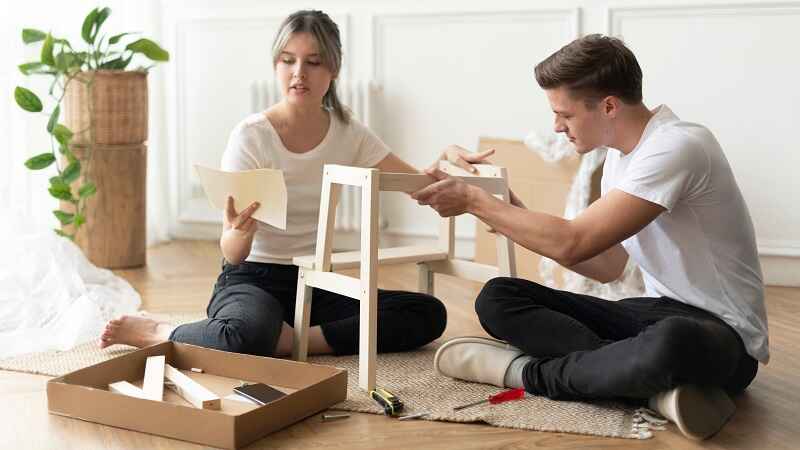Plumbing fixtures are an integral part of modern living, ensuring clean water supply, sanitation, and comfort in homes and buildings. From sinks and faucets to showers and toilets, these fixtures not only serve functional purposes but also enhance the overall look and convenience of a space. Whether you’re building a new home or renovating an old one, understanding different types of plumbing fixtures and their roles can help you make better choices for long-lasting performance and style.
Introduction to Plumbing Fixtures
Plumbing fixtures are devices that allow the use and control of water in residential, commercial, and industrial spaces. They are connected to the plumbing system to deliver water and remove waste efficiently. Common examples include sinks, bathtubs, toilets, and showers. Over time, plumbing fixtures have evolved from simple metal taps to high-tech, water-saving designs. Today, they play a crucial role in comfort, hygiene, and sustainability, making them indispensable elements of modern architecture and home design.
Importance of Plumbing Fixtures in Modern Homes
The importance of plumbing fixtures goes beyond functionality—they impact hygiene, health, comfort, and even property value. High-quality fixtures ensure safe water flow, proper drainage, and reduced water waste. They also enhance the aesthetics of kitchens and bathrooms, adding a sense of luxury and convenience. Furthermore, efficient plumbing fixtures contribute to water conservation and sustainability by minimizing leaks and unnecessary water use. In essence, these fixtures define the overall experience and efficiency of a home’s plumbing system.
Types of Plumbing Fixtures
Plumbing fixtures come in various types, each serving a specific purpose in different parts of a home or building. Common categories include bathroom fixtures such as sinks, showers, and toilets, and kitchen fixtures like faucets and dishwashers. Outdoor fixtures include hose bibs and garden taps. Each type is designed to meet specific needs related to water delivery or drainage. Choosing the right fixture depends on location, purpose, water pressure, and the desired level of efficiency and comfort.
Bathroom Plumbing Fixtures
Bathroom plumbing fixtures are essential for personal hygiene and comfort. They include toilets, sinks, bathtubs, showers, and bidets. Modern bathroom fixtures are designed to offer water efficiency, comfort, and style. Features such as low-flow faucets, dual-flush toilets, and rain showers not only save water but also enhance user experience. Homeowners today often choose sleek, contemporary designs that match the overall interior décor. Proper installation and maintenance of these fixtures ensure durability and prevent issues like leaks or low water pressure.
Kitchen Plumbing Fixtures
Kitchen plumbing fixtures focus on water delivery, convenience, and cleanliness. Common fixtures include kitchen sinks, faucets, garbage disposals, and dishwashers. The kitchen sink is one of the most used fixtures in any home, available in materials like stainless steel, granite, and porcelain. Modern faucets come with pull-out sprays, touchless controls, and temperature regulation features. Efficient dishwashers and garbage disposals also contribute to better sanitation and water conservation. Together, these fixtures make the kitchen a more functional and enjoyable space to work in.
Outdoor Plumbing Fixtures
Outdoor plumbing fixtures are designed to withstand harsh weather and frequent use. They include hose bibs, garden taps, sprinklers, and outdoor showers. These fixtures play a crucial role in irrigation, car washing, and outdoor cleaning. Many modern outdoor fixtures are made with corrosion-resistant materials like brass or stainless steel to ensure longevity. Additionally, homeowners can install frost-proof hose bibs to prevent freezing during winter. Well-chosen outdoor fixtures make gardening and maintenance tasks easier while maintaining water efficiency throughout the property.
Materials Used in Plumbing Fixtures
The material of a plumbing fixture greatly affects its durability, appearance, and maintenance needs. Common materials include stainless steel, brass, copper, porcelain, and plastic. Stainless steel and brass are highly durable and resistant to rust, making them ideal for kitchens and bathrooms. Porcelain fixtures add elegance and are easy to clean, though they may chip if handled roughly. Modern fixtures also incorporate eco-friendly materials and finishes, such as chrome or matte black, which resist corrosion and enhance aesthetic appeal while maintaining functionality.
Water-Saving Plumbing Fixtures
With growing awareness of environmental conservation, water-saving plumbing fixtures have become increasingly popular. These include low-flow toilets, aerated faucets, and efficient showerheads designed to minimize water waste without compromising performance. For example, dual-flush toilets use separate settings for liquid and solid waste, reducing overall water consumption. Similarly, aerators mix air with water to maintain strong flow while using less water. By investing in water-efficient fixtures, homeowners can reduce utility bills and contribute positively to global water conservation efforts.
Smart Plumbing Fixtures
Smart plumbing fixtures represent the future of home innovation and convenience. These advanced devices incorporate technology such as motion sensors, digital temperature controls, and Wi-Fi connectivity. Examples include touchless faucets, smart showers, and self-cleaning toilets. Such fixtures improve hygiene by minimizing physical contact and help monitor water usage through connected apps. For instance, smart faucets can automatically shut off after a certain period, preventing waste. This integration of technology enhances comfort, efficiency, and sustainability in modern homes.
Installation of Plumbing Fixtures
Proper installation of plumbing fixtures ensures long-lasting performance and prevents leaks or water damage. It’s essential to follow manufacturer guidelines or hire a professional plumber for accurate installation. Incorrect fitting can lead to low water pressure, dripping taps, or drainage issues. During installation, it’s crucial to check connections, seals, and water flow. Using quality fittings and pipes enhances system reliability. Homeowners should also ensure that fixtures are compatible with their home’s plumbing design to avoid costly repairs in the future.
Maintenance of Plumbing Fixtures
Regular maintenance of plumbing fixtures keeps them efficient and extends their lifespan. This includes cleaning aerators, checking for leaks, and inspecting seals or washers. Mineral buildup from hard water can affect flow and appearance, so descaling with vinegar or mild cleaners is often necessary. Toilets, faucets, and showers should be inspected periodically to prevent small issues from becoming major problems. Replacing worn-out parts like rubber washers or O-rings ensures consistent performance. Proper maintenance also helps conserve water and prevents unexpected breakdowns.
Common Plumbing Fixture Problems
Plumbing fixtures may face issues such as leaking faucets, clogged drains, or fluctuating water pressure. Leaks often result from worn-out washers or seals, while blockages are caused by debris buildup. Low water pressure may indicate sediment accumulation in pipes or malfunctioning valves. Regular inspection and timely repairs can prevent these problems from worsening. Understanding the root cause helps homeowners perform basic maintenance or call a plumber when necessary. Addressing fixture issues promptly saves water, energy, and repair costs in the long run.
Energy-Efficient Plumbing Fixtures
Energy-efficient plumbing fixtures are designed to reduce both water and energy usage. Examples include tankless water heaters, insulated pipes, and low-flow faucets. Tankless heaters heat water on demand, saving energy wasted in maintaining hot water in storage tanks. Efficient fixtures also reduce the energy needed for water treatment and pumping. By integrating energy-efficient plumbing solutions, homeowners can lower their utility bills and carbon footprint. Over time, these fixtures pay for themselves through reduced operating costs and enhanced sustainability.
Plumbing Fixtures for Accessibility
Accessibility-focused plumbing fixtures make bathrooms and kitchens safer and more convenient for elderly individuals and people with disabilities. Examples include grab bars, adjustable-height sinks, lever handles, and walk-in bathtubs. These fixtures are designed to prevent slips and falls while ensuring independence for users with limited mobility. Installing accessible plumbing fixtures not only improves safety but also adds value to a property. Universal design principles are increasingly being incorporated into modern homes, ensuring functionality and comfort for people of all ages.
Eco-Friendly Plumbing Fixtures
Eco-friendly plumbing fixtures are made from sustainable materials and designed to minimize environmental impact. Recycled metal faucets, water-saving showerheads, and composting toilets are examples of green plumbing solutions. These fixtures often use less water, require fewer chemicals for cleaning, and last longer. Eco-friendly materials like bamboo, recycled steel, and ceramic also enhance aesthetic appeal while supporting environmental goals. By choosing environmentally conscious plumbing products, homeowners can contribute to sustainability while enjoying cost savings and healthier living spaces.
Choosing the Right Plumbing Fixtures
Selecting the right plumbing fixtures involves balancing functionality, style, and budget. Consider factors like water efficiency, material durability, and ease of maintenance. For example, brass and stainless-steel fixtures are ideal for long-term use, while porcelain provides classic elegance. Always check compatibility with your plumbing system to avoid installation issues. Additionally, opt for brands that offer warranties and customer support. Consulting a professional plumber or designer ensures you choose fixtures that match your home’s design and meet your practical needs.
Trends in Modern Plumbing Fixtures
Modern plumbing fixture trends emphasize technology, sustainability, and design aesthetics. Touchless faucets, rainfall showers, matte black finishes, and minimalist designs are among the most popular choices. Homeowners are also adopting smart water monitoring systems that track usage and detect leaks. Sustainability trends include low-flow designs and eco-friendly materials. These advancements not only make plumbing systems more efficient but also elevate the visual appeal of kitchens and bathrooms, reflecting contemporary lifestyles that value both comfort and environmental responsibility.
Plumbing Fixture Design and Aesthetics
The design and aesthetics of plumbing fixtures greatly influence the overall appearance of a home. Today’s fixtures combine beauty with functionality, offering a wide range of colors, finishes, and shapes. Matte black, brushed nickel, and rose gold finishes are trending choices that add sophistication to modern bathrooms and kitchens. Homeowners can choose from vintage, contemporary, or industrial designs to match their décor. Stylish fixtures enhance interior harmony, turning functional elements into attractive focal points that elevate home design and comfort.
The Role of Plumbing Fixtures in Water Conservation
Plumbing fixtures play a crucial role in global water conservation efforts. Low-flow faucets, dual-flush toilets, and water-efficient showerheads help reduce daily water consumption significantly. These fixtures regulate flow rates without affecting performance, saving thousands of gallons of water annually. Additionally, motion-sensor faucets prevent wastage by turning off automatically when not in use. Choosing certified water-saving products helps conserve this vital resource, lower utility bills, and promote a sustainable lifestyle that benefits both the environment and future generations.
Conclusion
Plumbing fixtures are the backbone of any modern home’s water system, blending functionality, aesthetics, and sustainability. From bathrooms to kitchens and outdoor spaces, they provide convenience, hygiene, and efficiency in everyday life. As technology and design continue to evolve, modern fixtures are becoming smarter, more energy-efficient, and environmentally friendly. Choosing high-quality, well-maintained fixtures ensures long-term reliability and comfort. Ultimately, investing in the right plumbing fixtures not only enhances your home’s value but also contributes to a cleaner, more sustainable future More Read



